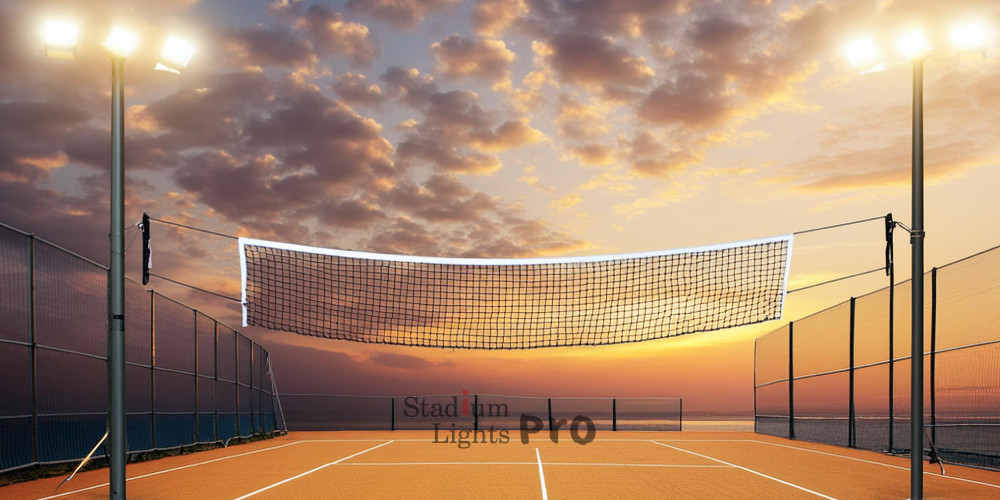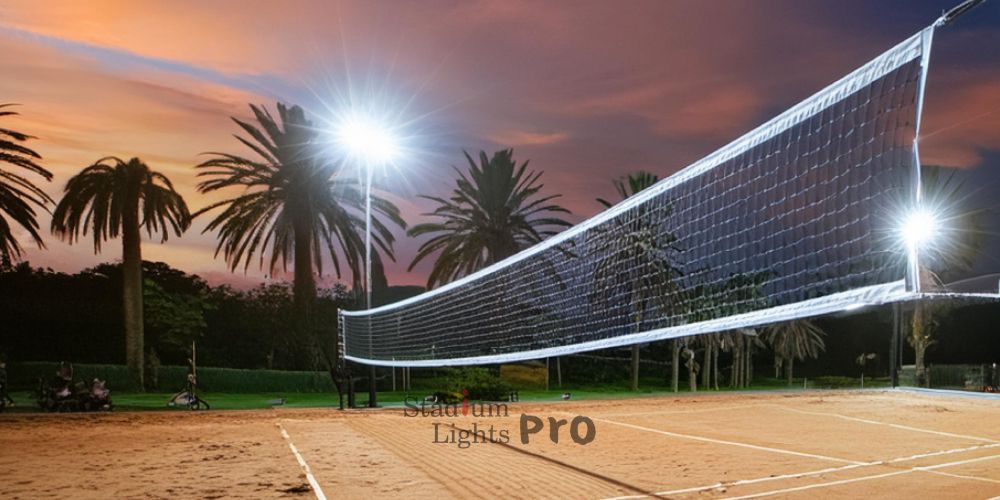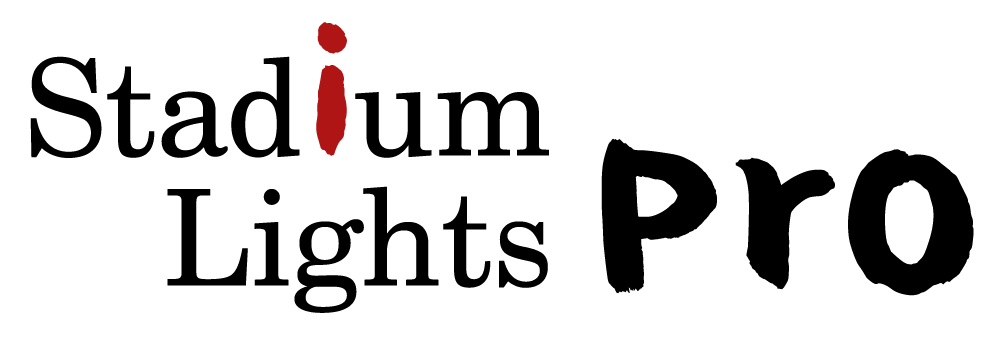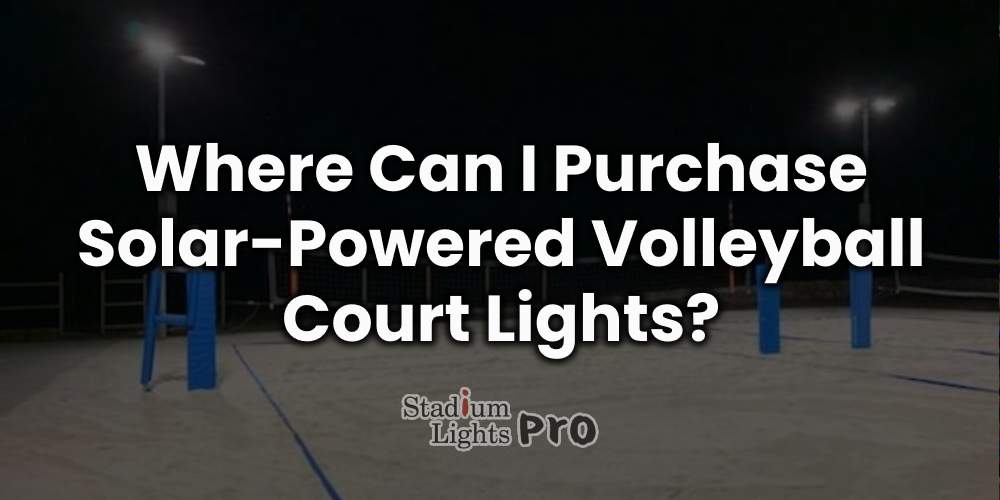Solar-powered volleyball court lights are innovative lighting solutions that utilize solar energy to illuminate volleyball courts, offering numerous advantages over traditional lighting systems. These lights not only reduce reliance on electricity grids but also contribute to sustainability efforts by harnessing renewable energy sources. With their versatility and low maintenance requirements, solar-powered volleyball court lights provide an eco-friendly and cost-effective way to ensure optimal visibility and safety for players and spectators during evening games or events, both indoors and outdoors.
Table of Contents
ToggleResearching Suppliers
Specialty Solar Suppliers
Solar equipment stores
These stores specialize in selling a wide range of solar products, including solar panels, batteries, and lighting systems. They often carry a selection of solar-powered volleyball court lights, along with other related accessories. Solar equipment stores typically have knowledgeable staff who can provide guidance on selecting the right lighting solution for specific needs and offer assistance with installation and maintenance.
Renewable energy companies
Companies focused on renewable energy solutions may also offer solar-powered volleyball court lights as part of their product offerings. These companies often have expertise in designing and implementing solar energy systems for various applications, including sports facilities. Purchasing from renewable energy companies may provide access to customized lighting solutions tailored to the unique requirements of volleyball courts, along with professional installation services and ongoing support for maintenance and optimization.
Evaluating Options
Cost considerations

In addition to the initial purchase price, it’s important to factor in the cost of installation when evaluating solar-powered volleyball court lights. Professional installation services may incur additional expenses but can ensure proper setup, alignment, and wiring, optimizing the performance and longevity of the lighting system. Moreover, considering the lifespan of the lights and their potential energy savings over time can provide a clearer picture of their cost-effectiveness. While solar-powered lights may have higher upfront costs, their ability to generate energy from sunlight can lead to substantial long-term savings on electricity bills, especially in areas with ample sunlight. Furthermore, the reduced maintenance requirements of solar-powered lights, such as fewer bulb replacements and minimal wiring upkeep, contribute to overall cost savings throughout their lifespan. By carefully considering both upfront and long-term costs, purchasers can make informed decisions that align with their budgetary constraints and sustainability objectives.
Product specifications
When evaluating product specifications, it’s important to consider the specific needs of the volleyball court, such as whether the lights will be used for recreational games or competitive matches, and whether they need to meet specific lighting standards. Understanding the required illumination levels and coverage area ensures that the chosen lights provide adequate visibility for players and spectators alike, enhancing safety and gameplay experience. Additionally, assessing the color temperature of the lights can influence the ambiance of the court, with options ranging from cooler, daylight-like hues to warmer tones. The beam angle of the lights determines the spread of light, affecting the uniformity of illumination across the court surface. Furthermore, considering the mounting options available, such as pole-mounted or wall-mounted fixtures, allows for customization to suit the layout and design of the court. By scrutinizing these technical specifications, purchasers can select solar-powered volleyball court lights that not only meet performance requirements but also offer durability and reliability in various environmental conditions, ensuring long-term satisfaction and value.
Warranty and support
Assessing the warranty coverage and support offered by the manufacturer or supplier is crucial for peace of mind and protection against potential defects or malfunctions. A comprehensive warranty should cover the lighting system for a sufficient duration, typically ranging from several years to a decade, and include provisions for repair or replacement of faulty components. Additionally, verifying the availability of technical support and customer service channels can ensure prompt assistance in case of issues or inquiries, enhancing the overall reliability and satisfaction with the purchase.
Making the Purchase
Comparison of suppliers
Before making a purchase, it’s essential to thoroughly compare different suppliers of solar-powered volleyball court lights. Factors to consider include the variety of products offered, pricing, reputation, customer reviews, and any additional services provided, such as installation assistance or ongoing support. Evaluating multiple suppliers allows for a more informed decision, ensuring that the chosen supplier can meet specific requirements and deliver a high-quality lighting solution.
Ordering process
Understanding the ordering process is crucial for a smooth transaction. This typically involves browsing the supplier’s website or contacting them directly to select the desired lighting system, confirm availability, and place an order. The ordering process may also include specifying any customization options, such as mounting configurations or additional accessories. Clear communication with the supplier regarding lead times, order tracking, and any necessary documentation ensures a seamless purchasing experience.
Payment options and delivery
When evaluating payment options, it’s beneficial to inquire about any financing or installment plans that the supplier may offer, which can help spread out the cost of the lights over time and ease financial strain. Additionally, confirming the security measures in place for online payments can provide peace of mind when making transactions. Regarding delivery, understanding the estimated delivery times is crucial for planning purposes, especially if the lights are needed by a specific date. Some suppliers may offer expedited shipping options for an additional fee, which could be worthwhile if time is of the essence. Moreover, clarifying the supplier’s policies regarding returns, exchanges, and damages during shipping ensures that purchasers are adequately protected in the event of any unforeseen issues. By thoroughly assessing payment options and delivery terms, purchasers can streamline the purchasing process and ensure a smooth experience from order placement to receipt of the solar-powered volleyball court lights.
Installation and Maintenance

DIY installation vs. professional services
When considering the installation of solar-powered volleyball court lights, it’s important to weigh the advantages and disadvantages of DIY installation versus professional services. DIY installation may be more cost-effective, allowing individuals to save on labor costs by completing the installation themselves. However, it requires a certain level of technical skill and knowledge to ensure proper assembly, wiring, and mounting of the lighting system. On the other hand, opting for professional installation services offers the benefit of expertise and experience, reducing the risk of errors or safety hazards. Professional installers can ensure that the lights are installed correctly, in compliance with building codes and safety regulations, maximizing performance and longevity. Ultimately, the decision between DIY installation and professional services depends on factors such as budget, time constraints, and confidence in one’s abilities to undertake the installation safely and effectively.
Maintenance requirements
Solar-powered volleyball court lights typically have minimal maintenance requirements compared to traditional lighting systems. However, regular upkeep is still necessary to ensure optimal performance and longevity. Maintenance tasks may include cleaning the solar panels and light fixtures to remove dirt, debris, and any obstructions that could obstruct sunlight or reduce illumination. Inspecting the system periodically for signs of wear and tear, such as loose connections or corrosion, is also essential for identifying and addressing potential issues before they escalate. Additionally, monitoring the battery performance and solar charging efficiency can help maintain reliable operation and extend the lifespan of the lighting system. While solar-powered lights generally require less maintenance than their conventional counterparts, adherence to a regular maintenance schedule is key to maximizing their efficiency and durability over time.
Installation Considerations
Installation considerations for solar-powered volleyball court lights are crucial to ensure optimal performance and safety. Whether opting for DIY installation or professional services, several factors should be taken into account. Firstly, assessing the location and orientation of the volleyball court relative to sunlight exposure is essential for determining the placement of solar panels and light fixtures to maximize solar energy capture. Additionally, consideration should be given to the terrain and ground conditions to ensure stable mounting and proper drainage to prevent water accumulation. Proper wiring and electrical connections are critical for the safe and efficient operation of the lighting system, requiring adherence to relevant building codes and safety regulations. Depending on the complexity of the installation and individual skill level, engaging professional installers may be advisable to ensure proper assembly, wiring, and alignment of the solar-powered lights. Regular inspection and maintenance of the installation site are also necessary to address any potential issues promptly and maintain optimal performance over time. By carefully considering these installation considerations, purchasers can ensure that their solar-powered volleyball court lights are installed correctly and function effectively, providing reliable illumination for games and events.
Environmental Impact Assessment
An environmental impact assessment (EIA) is a crucial step in evaluating the ecological implications of installing solar-powered volleyball court lights. While these lights offer significant benefits, such as reduced reliance on non-renewable energy sources and lower carbon emissions, it’s essential to consider potential environmental impacts throughout their lifecycle. One aspect to assess is the sourcing and manufacturing of materials used in the production of solar panels and light fixtures, which may involve extraction processes and transportation contributing to carbon emissions and habitat disruption. Additionally, the installation process itself may disrupt local ecosystems and habitats if not conducted with care, potentially affecting flora and fauna in the area. However, compared to conventional lighting systems powered by fossil fuels, solar-powered lights typically have a lower overall environmental footprint, particularly in terms of greenhouse gas emissions and air pollution. Furthermore, over the long term, the use of solar energy reduces dependence on finite resources and minimizes environmental degradation associated with traditional energy generation methods. By conducting a comprehensive environmental impact assessment, stakeholders can identify potential risks and opportunities to mitigate negative impacts, ensuring that the installation of solar-powered volleyball court lights aligns with sustainability goals and contributes positively to environmental stewardship.
Conclusion
When purchasing solar-powered volleyball court lights, thorough evaluation of suppliers, product specifications, and total cost of ownership is paramount. Comparing various suppliers based on reputation, pricing, and available services ensures selection of a reliable source offering quality products and support. Attention to product specifications, including brightness and durability, guarantees that the chosen lights meet the specific requirements of the volleyball court. Assessing total cost of ownership, including upfront expenses and long-term savings, guides decision-making towards the most cost-effective option. Additionally, verifying warranty coverage and customer support ensures peace of mind and assistance throughout the installation and maintenance process. By following these steps, purchasers can confidently select solar-powered volleyball court lights that provide optimal illumination and performance, enhancing the overall playing experience for athletes and spectators alike.

